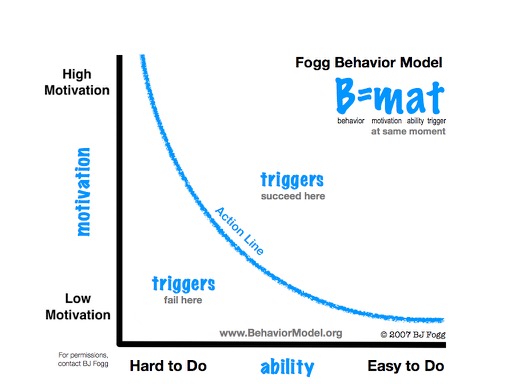“Again our apologies on behalf of our shipping partner.”
This is a quote from Detour Coffee who I have a coffee subscription with. My order was picked up on the 19th of December but has been lost ever since.
This message is a variation on a theme from many online retailers including Amazon (when they ship out east), and notably Happy Ears, who said when they’re ordered shipped, that concludes your experience with us, or something to that effect. Eight Ounce Coffee does not use this language and likely has me as a customer for life.
The experience you have with a company does not conclude when whatever low-cost logistics company you have chosen comes to pick up the package. It continues until that package arrives safely and long after. Eight Ounce Coffee sends an email after a period of time to ask about your experience with the product you ordered. Amazon spams you with review requests and buy more emails. Others add you to their email lists. We send our subscribers an email a week later checking in (although it hasn’t scaled, and we haven’t been able to continue).
There is a huge difference between having your package set carefully at your door and a neighbour finding your box in a nearby snowbank (Amazon). Which company would you want to do business with?













